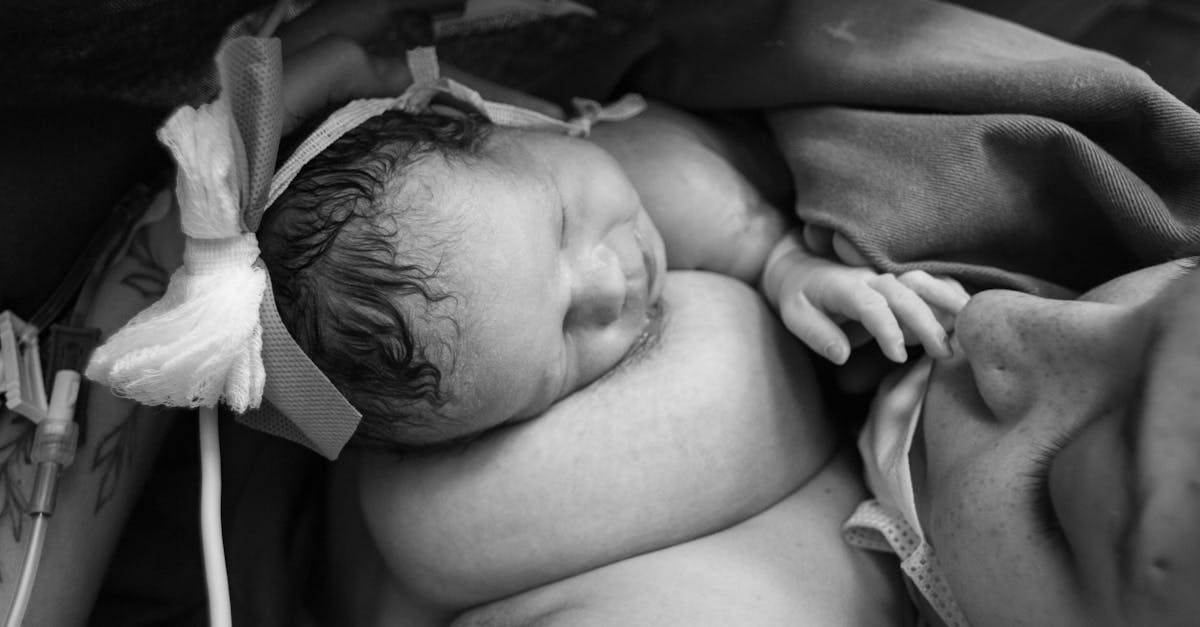
Introduction
Postpartum back pain affects many new mothers, often surprising them as they adjust to life with a newborn. This 2025 guide dives into the realities of postpartum back pain, busting myths and offering practical advice for desk workers managing pain after childbirth.
We’ll explore what causes this common condition, how to recognize symptoms, and effective at-home strategies and professional treatments to help you reclaim your comfort and confidence.
Causes & Anatomy of Postpartum Back Pain
Postpartum back pain arises due to a combination of physical and hormonal changes during and after pregnancy. The lumbar spine, pelvic area, and muscles around the lower back bear the brunt. Hormones released during pregnancy, such as relaxin, soften ligaments to prepare the body for childbirth, which can loosen joint stability—particularly in the sacroiliac (SI) joints. This instability often contributes to discomfort.
Additionally, new mothers frequently adopt awkward postures during nursing and caring for their babies, placing added strain on the lower back. Understanding lumbar fusion indications and risks is important for severe cases, though most postpartum back pain does not require surgery.
Symptoms & Risk Factors
Common symptoms include dull or sharp pain in the lower back or hips, stiffness, and difficulty standing or walking for long periods. Desk workers may notice worsening pain due to prolonged sitting and poor posture.
- History of back pain before pregnancy
- Excessive weight gain during pregnancy
- Poor ergonomic setup during work from home or office
- Lack of physical activity postpartum
- Engaging in high-intensity exercises without modification (e.g., no crossfit modifications for herniated disc)
At-Home Relief Strategies
Managing postpartum back pain at home involves practical modifications and gentle care:
- Activity modification: Avoid prolonged static positions; take breaks when working at a desk.
- Heat and cold therapy: Apply a warm pack to relax muscles or an ice pack to reduce inflammation.
- Gentle mobility: Slow, controlled movements help maintain flexibility.
In some cases, sacroiliac (SI) joint injections may be considered by healthcare professionals for pain relief targeting the SI joint.
Evidence-Informed Exercises
Regular gentle exercise supports recovery. Recommended exercises include:
- Chin tucks: Improve neck and upper back alignment to ease compensatory strain.
- Thoracic extensions: Enhance upper back mobility.
- McKenzie-style exercises: Promote spinal extension and mobility.
- Core stabilization: Strengthen abdominal muscles to support the lumbar spine.
Learn more about related exercises for neck and back pain in our Symptoms of Bulging Disc in Neck C5 C6 guide.
Posture & Ergonomics for Desk Workers
New mothers balancing desk work and childcare must prioritize ergonomics:
- Desk setup: Maintain an upright sitting posture with lumbar support.
- Lifting mechanics: Use your legs, not your back, when lifting your baby or objects.
- Avoid crossing legs or slouching: These habits increase lumbar pressure.
Adjusting these habits reduces strain on the lumbar spine and pelvis, aiding postpartum recovery.
Professional Treatments
If pain persists or intensifies, seek help from physical therapists or chiropractors experienced in postpartum care. Diagnostic imaging might be recommended to rule out complications such as disc issues. For those with severe lumbar problems, understanding lumbar fusion indications and risks is crucial before considering surgery.
Minimally invasive procedures like SI joint injections can provide relief without extensive recovery time.
Lifestyle & Prevention
Long-term wellness hinges on healthy habits:
- Sleep surface: Use mattresses providing appropriate lumbar support. Our article on 7 Effective Ways to Manage Lumbar Sciatica and Neck Pain with the Right Mattress Firmness offers guidance.
- Walking programs: Gentle walking aids circulation and strengthens muscles.
- Stress management: Relaxation techniques prevent muscle tension worsening pain.
When to Seek Care
Immediate medical evaluation is necessary if you experience:
- Sudden numbness or weakness in legs
- Loss of bladder or bowel control
- Severe trauma to back area
- Fever accompanying pain
These signs may indicate serious conditions requiring urgent care.
Conclusion
Postpartum back pain is manageable with proper understanding and care. Desk workers must attend to posture and modify activities while embracing gentle exercises and professional support if needed. For more in-depth insights, explore our other informative guides at Back & Neck Pain Relief.
Always consult with a healthcare professional before starting any new exercise or treatment regimen.
FAQ
What causes postpartum back pain?
Postpartum back pain is mainly caused by hormonal changes that loosen ligaments, physical strain from caring for a baby, and posture changes during and after pregnancy.
Can desk workers reduce postpartum back pain?
Yes, improving desk ergonomics, taking frequent breaks, and engaging in targeted exercises can help reduce postpartum back pain in desk workers.
Are exercises like chin tucks safe postpartum?
Generally, chin tucks and gentle mobility exercises are safe and beneficial postpartum, but it’s best to consult a healthcare provider for personalized advice.
When should I consider professional treatment?
If postpartum back pain is severe, persistent, or accompanied by concerning symptoms, seek professional evaluation for appropriate treatment options.
Are SI joint injections commonly used post childbirth?
SI joint injections may be used when SI joint dysfunction causes significant pain postpartum, typically after conservative treatments have failed.
Disclaimer: This article is for informational purposes only and is not a substitute for professional medical advice.